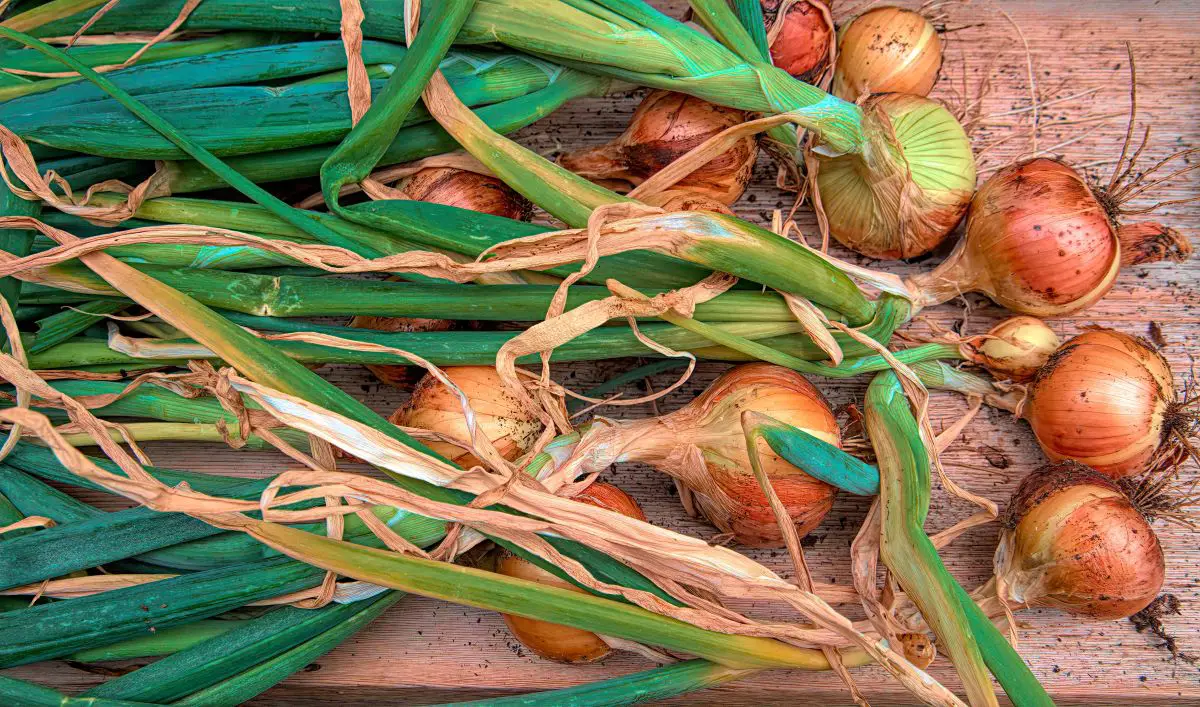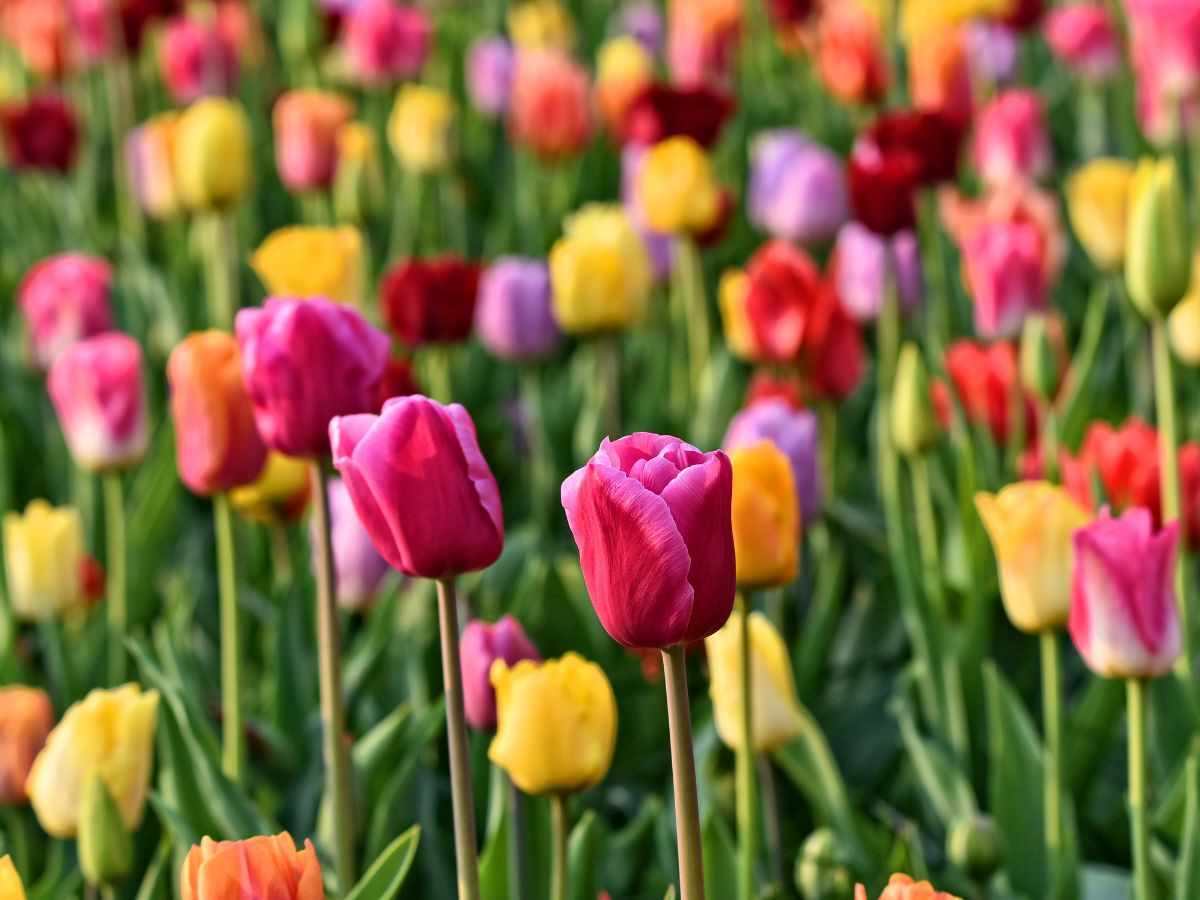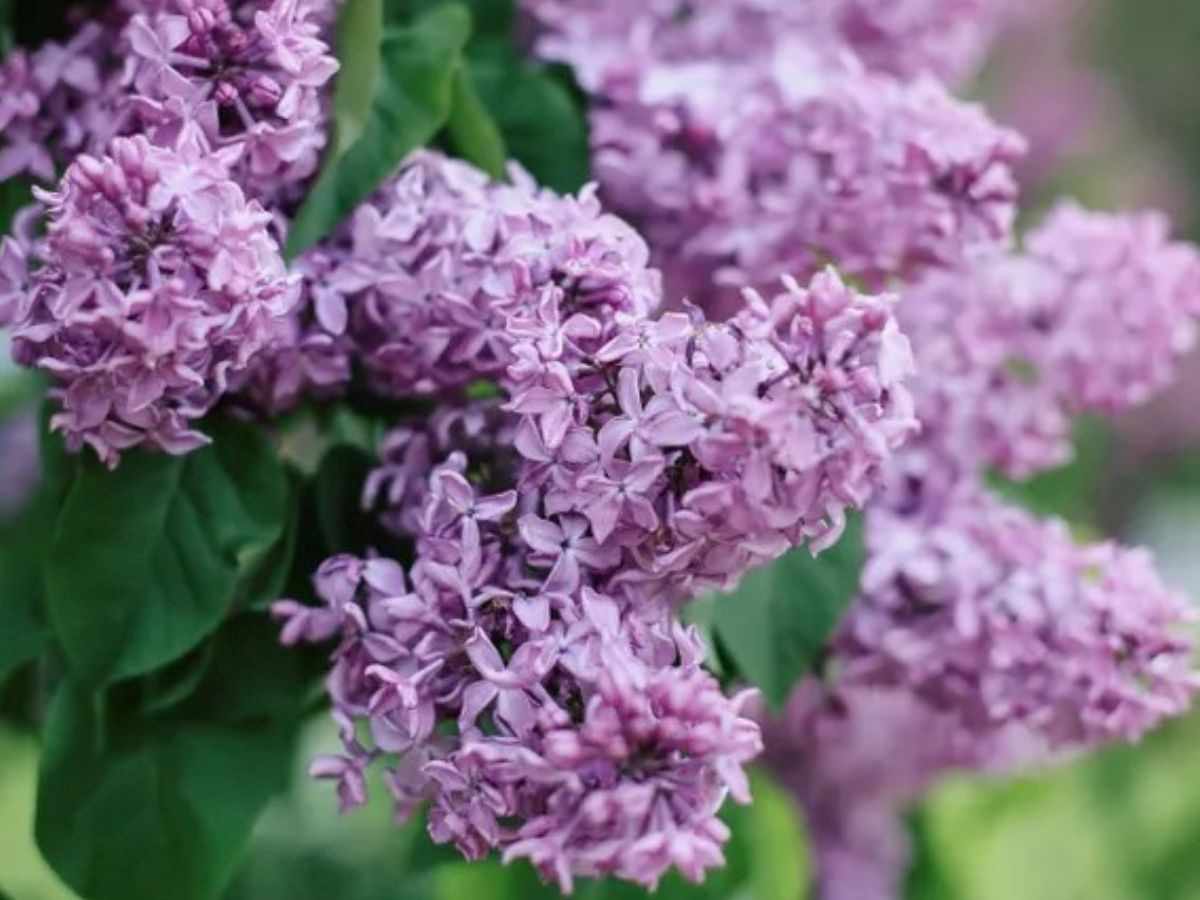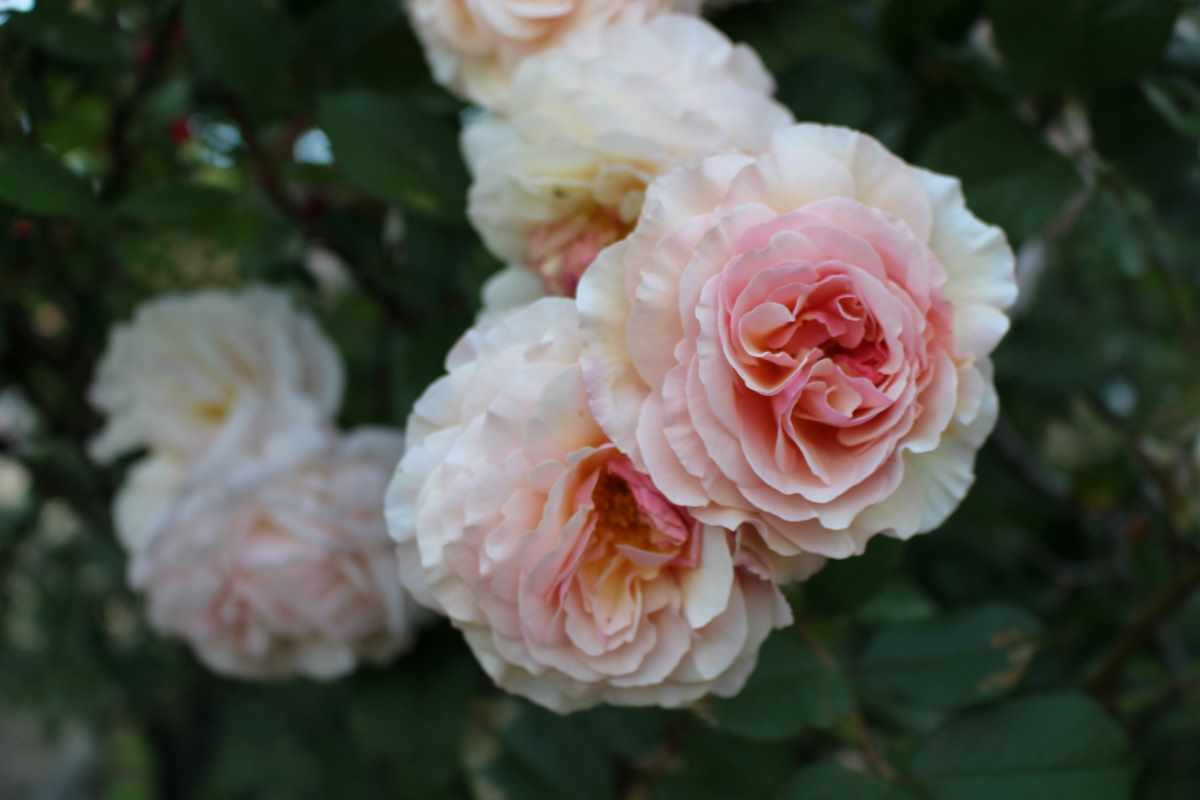Learn how to grow onions in this step by step guide. Whether you are planning on growing onions from seeds, or from sets, this guide will help you with everything you need to know about onions from planting, to caring for, harvesting, and storing.
How to Grow Onions From Seeds
Starting onions from seeds is the best option. This method will give you the largest onions, granted they are being provided with the proper nutrients and regular watering.
Onions are a biannual plant. This means that their life cycle is 2 years. The first year, they create the bulb, and the second year, they produce the seeds.
The reason why starting onions from seed is best is because they are a first year onion. Their goal in this first year is to grow the bulb by storing starches and nutrients in it instead of focusing on reproduction.
Video of How to Start Onions From Seeds
Steps to Starting Onions From Seeds
- Look up your last frost date by typing your zip code, or town and state name, and the words “last frost date” into google. The search engine will then show you multiple results, all stating your last frost date.
- Count 6 to 12 weeks backwards from your last frost date. That will be the date you can start your onion seeds.
- Start with an organic seed starting mix. Place it in a large container, and add some hot water to moisten it, and allow it to cool. The hot water will kill any bugs that could be living in the soil. After moistening the soil, it should hold together well, but also crumbles quickly when you let go of it. It should not be like mud.
- Fill your seed starting trays with the moistened soil, gently compressing it into the cells to prevent air pockets.
- Create labels for the onion seeds you chose using a garden marker.
- Plant about 5 to 10 onion seeds in each cell. They should be about a1/4 inch deep. Cover them with the pre-moistened soil.
- After planting, cover them with a humidity dome.
- Once the seeds germinate, place them under a grow light, or in direct sunlight with a gentle oscillating fan blowing in their direction. The oscillating fan helps in strengthening their stems, and in preventing mold and mildew.
- Once the onions are about 3 inches long, you can begin to fertilize them once every week or every two weeks at half strength with an organic fertilizer, or follow the instructions on the fertilizer you chose.
- Once the onions are about 6 inches tall you can trim them back to 3 to 4 inches tall. This causes the onion bulbs to grow a little larger, and prevents the onion tips from bending.

How to Grow Onions From Sets
Onion sets are a second year onion. They are not the best for growing the largest onions because their focus is on reproduction. However, if they are you’re only option, it is better to plant them, than not.
Onion sets will produce seeds as the bulbs get larger. If they do produce seeds, you will not be able to store them long term unless you freeze them, freeze dry them, or dehydrate them.
You can start planting onion sets in the ground as soon as the soil is workable.
Plant onion sets about 4 to 6 inches apart in rows 4 to 6 inches apart, burying them to where about half or a 1/4 of the onion set is sticking out of the soil.
Onions can withstand a light freeze. So planting them in early to mid spring is ideal. Temperatures of 28 F and below can damage or kill your onions.
Keep the soil moist, and give it plenty of organic matter.

How to Plant Onions Outdoors
Onions can be planted outdoors as soon as the temperatures are in the 30’s F and the soil is around 45 to 50 F.
Planting Onions From Seeds
If you have started your onions from seed, you’ll have to first harden them off before planting outside.
Hardening off seedlings requires taking them outside for a couple hours on the first day, and slowly increasing the increment of time they are to stay outside with every passing day.
You can harden them off for about a week or two right before planting.
While the seedlings are hardening off, you can prepare the soil.
Remove any weeds from the are that you are planning on planting the onions in.
Fertilize the soil with organic bone meal, and an all purpose organic fertilizer. Mix the fertilizer to the top 3 to 4 inches of the soil.
Once the onions are ready for planting, gently separate the onion starts by the roots. Plant each onion as deep as to where a small part of the white of the onion is showing.
Space the onions about 4 to 6 inches between each other, and between onion rows.
Keep the soil around the onions moist, but not muddy, otherwise the onions would rot.
Fertilize the onions again with another dose of organic fertilizer and bone meal.
Planting Onions From Sets
You will have to treat the soil in the same manner you did for the onion seedlings.
Weed, and fertilize the soil before planting.
Plant the onion sets 4 to 6 inches apart from each other and between rows, planting about an inch deep or to where half an inch or a quarter inch of the onion set is sticking out of the soil.
Keep the soil moist around the onion sets, but not muddy.
Fertilize with organic fertilizer and bone meal a second time around mid season.
What Nutrients Do Onions Require to Grow
The main nutrients that onions require are phosphorus, calcium, potassium, and some nitrogen.
Phosphorus helps in root development.
Potassium has many benefits to onions, but one of the main benefits is in building the cell walls of the plants. Stronger cell walls will provide you with onions that will store better in the long term.
Calcium also aids in creating firm onion bulbs which makes them better for storage. Calcium deficiency in onions will appear with leaf die back.
Nitrogen is also essential for onion growth. However, too much nitrogen will trigger the onions to produce a seed head. An onion that has produced a seed head will not do great in storage unless you are planning on freezing it, freeze drying it, or dehydrating it.
How Often Should I Water My Onions
Watering onions will ultimately depend on your soil type and your environment. A sandy soil will require more watering, while a clay soil will require less watering.
If you live in a windy environment, you will need to water your onions more often.
If you live in a humid environment, you will need to water your onions a little less frequently.
I cannot give you specific numbers on watering your onions because it is all dependent on your soil type and your environment.
However, what I can tell you is that your onions need to stay moist. They will not do well in dry soil, and onions that are given too much water may rot. So a happy medium is good.
Remember to always test your soil for moisture to see if it needs watering. A soil that feels like mud, is not good. The onions can rot in such conditions.
A simple and easy way to test the soil moisture is to stick your finger in the soil about two knuckles deep.
A perfect moisture level is If the soil feels moist, and some of the soil sticks to your fingers, but it does not feel muddy.
A slightly moist soil will feel damp, but rarely any soil would stick to your fingers.
A dry soil is dry. You will get dust stuck to your finger, but that’s about it.
The ideal time to water your onions is in the early morning, before the sun gets too hot.
The perfect moisture level at which to water your onions is when the soil is slightly moist. This allows you to maintain the moisture level, and prevent the soil from drying out. Onions do not like to dry out.

The Importance of Trimming Your Onions Back
Trimming the onion leaves allows onions to produce a larger bulb. It also prevents the onion neck from bending. A bent onion neck signals to the onion that it is done growing. Once that happens, the onions should be harvested.
So it is absolutely essential to trim the onion greens back.
You can trim the greens back to around 6 to 8 inches tall.
Trimmed greens can be used just like you would use green onions. You can use them in salads, soups, omelets, or as a garnish. You can also use them in pickling, fermenting, or pesto.
Onion greens can also be freeze dried, or frozen.
How to Tell If Onions Are Ready For Harvest
You can tell if your onions are ready to be harvested if they are bent at the base of the onion neck, or greens.
Once the neck bends, the onion bulb will stop growing. If you leave it in the soil for too long after this happens, the onions begin to rot. So it is essential to harvest them as soon as you see the bent necks.
How to Cure Onions After Harvest
Do not wash onions before curing.
Keep the green leaves attached to the onions after pulling them from the ground and during the curing process.
The onions will draw out whatever energy that is left in the leaves and store it in the bulbs. This allows you to store the bulbs for a longer period of time.
Lay out the bulbs in rows, without having them touch each other, on a piece of cardboard, or over a metal mesh. This should be done in a sheltered location, away from rain and sunlight.
Allow the onions to cure for 4 to 6 weeks, or until they develop their papery skin.
As the onions cure, the neck and leaves begin to die back and wither.
Once the onions are fully cured, you can either braid them, or cut off the necks and store them in baskets in a cool location.
The ideal storing temperature for onions is around 40 F.

How to Store Onions Long Term
To store onions long term, place them in baskets, or containers that allow air circulation. You can also braid them, and hang them in the storage room, in an area that receive plenty of air flow, and away from sunlight.
Air flow is essential for storing onions. It prevents them from rotting, and molding.
Store onions at temperatures of about 32 to 40 F
Stored in this manner, your onions should last you for almost a full year.
If you do not have a root cellar, you can store your onions in your basement, or in the coolest spot that you have in your house, away from sunlight.

Get Your Free Gluten-Free eBook Cookbook Today!
Pin This Post!

More Gardening and Recipe Related Topics
Shop This Post
Tell Us What You Think!
Growing your own onions is super rewarding. You can grow them organically, and enjoy all the benefits that they provide you with. They are considered to be a super food, and they can be stored for a long time if stored properly.
Have you grown onions before, or is this your first time growing onions? Was this post helpful to you?
Let us know if you have any comments or questions down in the comment section below.
Disclosure Policy
Disclosure: Some of the links in this post are “affiliate links”. This means if you click on a link and purchase the item, I will get an affiliate commission. It will not cost you any extra money, but it will help me pay for this website, and it will help me to keep providing you with helpful articles such as this one. I only post links to products that I personally use and love, or to products that I wish I could have, and that could be of value to you. The information that I provide you with, my blog, videos, and many resources are free.





Very good advice thanks